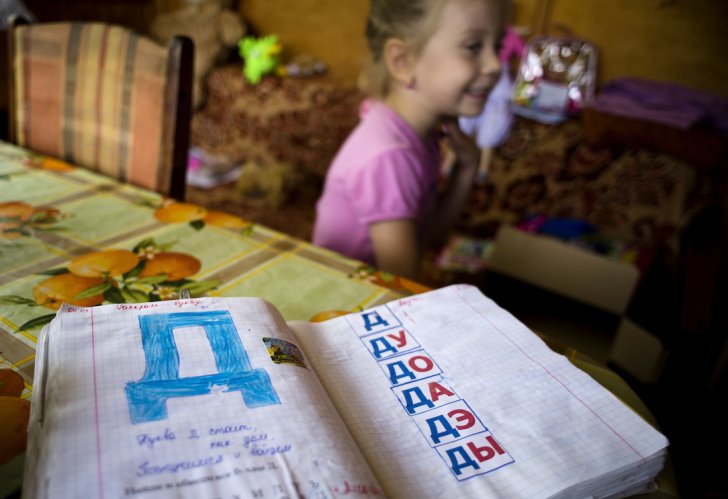[The photos in this post are from various articles written by Foreman]
On Oct. 1, our “Journalism in Hostile Environments” course was taught by former Journalist Bill Foreman. Foreman kept us quite entertained for the hour and a half he spent talking about his experiences traveling in the field as a journalist for the Associated Press, and the many interesting opportunities he got along the way.
He discussed his unlikely journey into the “rat race” of journalism. He first joined the Associated Press at their Kansas City bureau. Not long after that he was promoted to the international desk in New York City where he said he was always informed on every matter of international relations, as a result of eight hours of editing per day. After two years there he was posted out in the field. His first stop: Taiwan, where his knowledge of Mandarin and the deep structure of the area would be put into use.
He went into detail about how wire services, like the Associated Press, are the backbone of the global media network. They are essentially a news sharing cooperative in which the media and various broadcast outlets are the members. Wire service companies like AP, Reuters, AFP and Xinhua offer daily blanket coverage. Whereas outlets like The New York Times only cover breaking news, and rely on people monitoring the wire services.
As a journalist, there is always pressure to break news. However Foreman explained that these pressures are far more intense for AP reporters, because they are always on deadline. During the day they are competing with other wire services like AFP or Reuters, however by the end of the day, they find themselves competing with outlets like the NY Times. They have already broke a story, but now their job is to refine it to the stylistic standards that occur in the latter outlet.
Foreman has seen covered his fair share of natural disasters. From the civil war in the Solomon Islands, to the tsunami in Indonesia, to the EU summit in Helsinki, venturing all the way to North Korea to investigate rumors of nuclear tests in the secluded country. For all of the dangerous excursions he has had, it was interesting to hear his perspective on safety protocols for journalists. Foreman said that it wasn’t until the early 2000’s that news companies started implementing safety procedures for their journalists. He attributed this extra training as a probable result of insurance companies raising their premiums. But no matter the reason, he said the training he received is applicable to all areas of his work.
He specifically described the three-day training he received while with the Associated Press. He and a group of other journalists were trained under former royal marines in England. In one instance he described how they took the group on kidnapping simulation. Equipped with guns, the former marines dragged Foreman and the group out of the car and covered their heads and shots were being fired. They took their personal effects such as watches, phones and wallets. The simulation was videotaped so they could assess their performance afterward.
While Foreman was lucky enough to receive such training, freelance journalists and photojournalists are not always so fortunate. Which calls into question the safety of journalists, especially those venturing into hostile environments.
Finally, Foreman described the access he and other journalists had during natural disasters in a place like China, where there are heavy journalistic restrictions. Foreman noted that in times of disaster, the first few days are often ones of confusion and chaos amongst the government, and so journalists have more access. Over time, as the government gains control over the situation, and the disaster becomes “old news,” there are more restrictions in reporting.
Journalism is a rat race, in which every outlet is trying to break the story first. In one compelling recollection, Foreman described a phone conversation with his boss. It was the middle of the night and he heard what he thought was a bomb go off. As he spoke with his boss the one questions she had was “Was it a boom or a bang?” After thinking about it, Foreman said it was more like a boom, to which his boss told him to go to bed. It was not a bomb, not a bang — just another night out in the field.





















